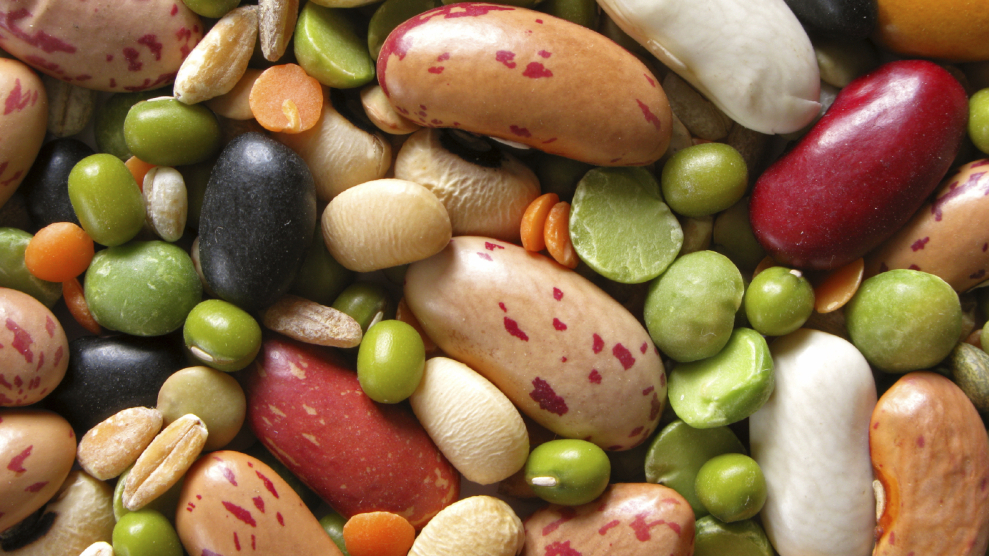As someone who is passionate about maintaining a balanced and nutritious diet, I understand the challenges that come with sticking to healthy eating habits while on a tight budget. We all want to eat well, but sometimes the cost of fresh produce and wholesome ingredients can make it seem impossible. However, fear not! In this article, I will share some practical tips and tricks that have helped me navigate the world of healthy eating without breaking the bank. So, if you’re ready to discover how to nourish your body while being mindful of your wallet, keep reading!
Planning and Budgeting
Creating a Meal Plan
When it comes to eating healthy on a tight budget, one of the key strategies is to create a meal plan. By planning out what you will eat for the week ahead, you can avoid spontaneous and often more expensive food choices. Start by taking inventory of the ingredients you already have at home and build your meals around those items. This will help minimize waste and make the most of what you already have in your pantry and fridge. Be sure to include a variety of nutritious foods, such as lean proteins, whole grains, and plenty of fruits and vegetables.
Setting a Realistic Budget
Setting a realistic budget is essential for sticking to your financial goals while eating healthy. Take the time to evaluate your income and expenses to determine how much you can reasonably allocate to food each week. Consider factors such as rent, utilities, transportation, and other necessities. Once you have a budget in mind, it will guide your shopping decisions and help you make mindful choices at the grocery store.

Making a Shopping List
Before heading to the grocery store, it’s important to make a list of the items you actually need. This will prevent impulse purchases and keep you focused on buying only what you have planned for your meals. Organize your list by sections such as fruits and vegetables, proteins, grains, and pantry staples. Check your meal plan to ensure you have accounted for all the necessary ingredients. Additionally, take inventory of what you already have on hand to avoid buying duplicates and wasting money.
Meal Preparation Techniques
Batch Cooking
Batch cooking is a fantastic way to save both time and money. By preparing larger quantities of food at once, you can take advantage of bulk discounts and have meals ready to eat throughout the week. Choose recipes that can easily be scaled up, such as soups, stews, casseroles, and stir-fries. Once cooked, divide the meals into individual portions and store them in the fridge or freezer for later use. This technique not only helps you avoid resorting to unhealthy takeout options but also reduces food waste.

Freezing Meals
Freezing meals is a convenient way to extend their shelf life and ensure you always have something nutritious on hand. Make use of your freezer by portioning out leftovers or extra batches of meals into individual containers or freezer bags. Label them with the contents and date of preparation to keep track of what you have available. This way, you can simply thaw and reheat meals whenever you’re in a rush or don’t feel like cooking from scratch.
Portion Control
Practicing portion control can not only help you stay healthy but also stretch your budget further. Be mindful of serving sizes and avoid overeating, as this can lead to wasted food and unnecessary expenses. Invest in a digital kitchen scale or measuring cups to accurately portion out your meals. By understanding proper portion sizes, you can ensure that you’re getting the right amount of nutrients without overspending on unnecessary extra servings.

Using Leftovers
Leftovers are a great resource for creating new meals and reducing food waste. Instead of letting them go to waste, get creative and transform them into delicious dishes. For example, yesterday’s roasted chicken can be shredded and used as a filling for tacos, sandwiches, or pasta. Leftover vegetables can be added to soups or turned into a tasty stir-fry. The possibilities are endless, and with a little creativity, you can turn your leftovers into exciting and budget-friendly meals.
Shopping Strategies
Buying in Bulk
Buying in bulk can help you save money in the long run. Many stores offer discounts when purchasing larger quantities of items, which can be particularly beneficial for pantry staples like rice, pasta, and spices. Consider joining a wholesale warehouse club or cooperatives in your area to take advantage of bulk-buying opportunities. Just be sure to store bulk purchases properly to maintain freshness and prevent waste.

Comparing Prices
When shopping on a budget, it’s important to compare prices across different stores and brands. Don’t be afraid to visit multiple supermarkets or check out online retailers to find the best deals. Pay attention to unit prices rather than just the overall cost, as this will help you determine which option offers the most value for your money. Remember, a little extra effort in researching prices can go a long way in saving you significant amounts over time.
Choosing Seasonal Produce
Opting for seasonal produce is not only a great way to save money but also ensures that you’re enjoying the freshest and most flavorful fruits and vegetables available. Seasonal produce is usually abundant, which means it’s often priced more affordably. Additionally, local farmers’ markets are a fantastic source of fresh, seasonal produce that supports your community while saving you money. Keep an eye out for sales or discounts on seasonal items and incorporate them into your meal plans.
Opting for Affordable Proteins
Proteins can often be the most expensive part of a meal, but there are cost-effective options available. Look for more affordable protein sources such as eggs, legumes, canned tuna, and chicken thighs. These options provide plenty of nutrients while being budget-friendly. Consider incorporating vegetarian meals into your weekly rotation, as plant-based proteins like beans and lentils are not only inexpensive but also nutritious and delicious.
Considering Frozen or Canned Options
Frozen or canned options can be valuable allies when trying to eat healthy on a budget. They often have a longer shelf life and can be more economical compared to fresh alternatives. Frozen fruits and vegetables are picked at their peak ripeness, retaining their nutritional value, and can be a great addition to smoothies, stir-fries, or soups. Similarly, canned goods like beans, tomatoes, and fish are versatile ingredients that can be used in a variety of recipes without breaking the bank.
Cooking at Home
Avoiding Pre-Packaged and Processed Foods
When aiming to eat healthy on a budget, it’s best to avoid pre-packaged and processed foods as much as possible. These items are often expensive and loaded with unhealthy additives. Instead, opt for whole ingredients and prepare meals from scratch. This not only allows you to control the quality of the ingredients but also ensures that you’re consuming nutrient-dense foods without unnecessary additives or excessive sodium.
Preparing Meals from Scratch
Preparing meals from scratch is not only a healthier option but also a cost-effective approach. Many convenience foods come with a higher price tag due to the labor and packaging involved. By cooking your meals at home, you can save money while having complete control over the ingredients you use. Explore online recipes or invest in cookbooks that focus on budget-friendly dishes to expand your cooking repertoire.


